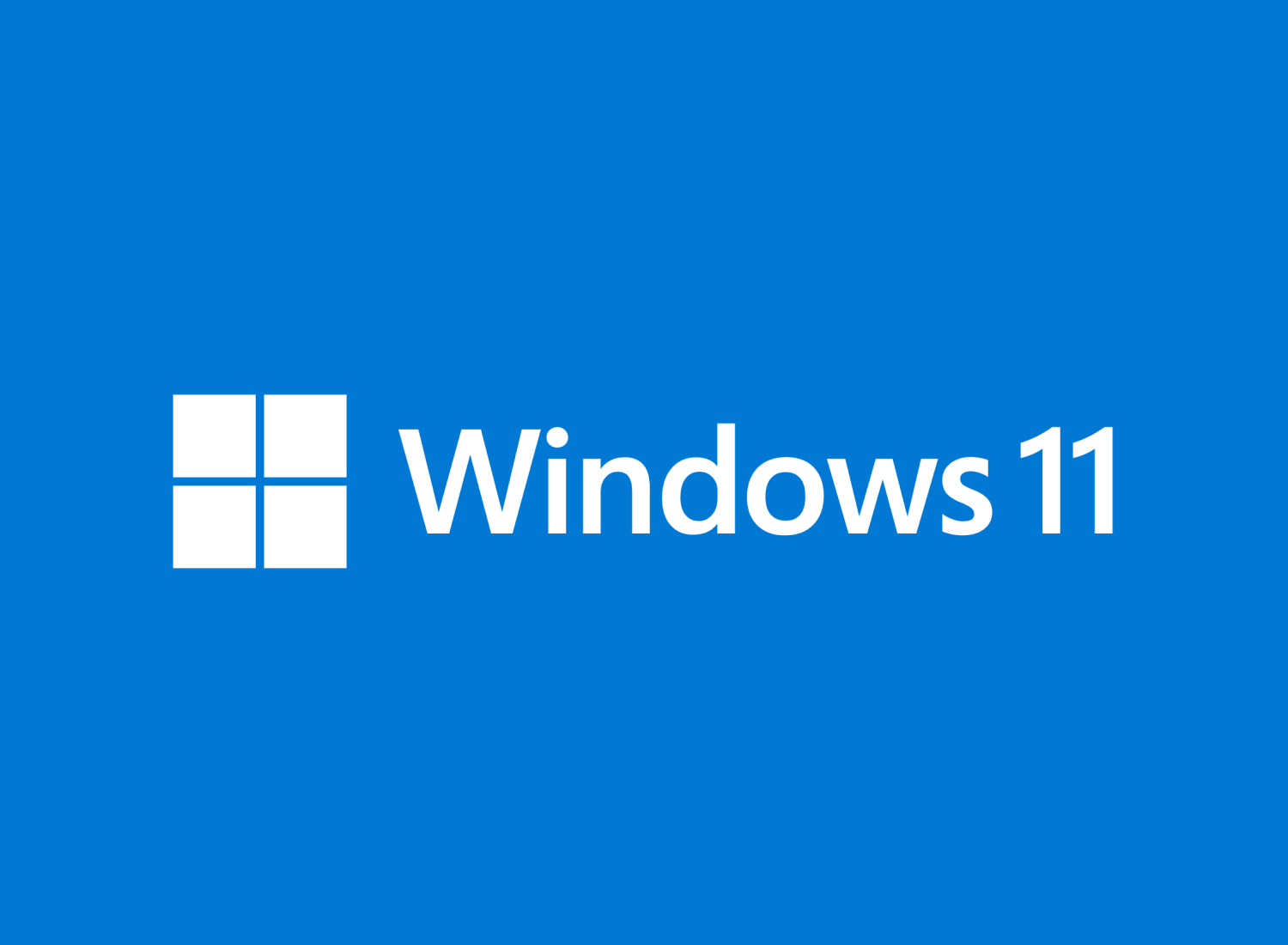Microsoft Breaks the 32GB Barrier: FAT32 Partitions in Windows 11 Get a Major Upgrade
August 17, 2024, 5:12 am
In a significant move, Microsoft has lifted the arbitrary 32GB limit on FAT32 partitions in Windows 11. This change, announced in the latest Canary build, allows users to format partitions up to 2TB. It’s a breath of fresh air for those who have long been constrained by outdated restrictions.
For years, the 32GB cap felt like a stubborn ghost from the past. It was a remnant of Windows 95, a relic that haunted users through generations of the operating system. This limitation was not just a technical choice; it was a decision made in a moment of haste. The original developers had to balance performance and usability, and the 32GB threshold became an unfortunate side effect. Now, that ghost has been exorcised.
The change is part of the Windows 11 Insider Preview build 27686. This version is available to participants in the Canary channel, a testing ground for the most cutting-edge features. Once it rolls out to the general public, users will finally be able to create FAT32 partitions larger than 32GB without resorting to third-party tools or complex command-line tricks.
However, there’s a catch. The graphical formatting tool in Windows will still enforce the 32GB limit. Users will need to use the command line to take advantage of the new 2TB capacity. This means that while the door is open, not everyone will walk through it easily. The command line can be intimidating for many, but for those willing to embrace it, the rewards are substantial.
This update is timely. As storage devices grow larger and more affordable, the need for a file system that can accommodate these advancements is critical. FAT32 has been a staple for USB drives and memory cards, but its limitations have often forced users to look elsewhere. With this change, Microsoft acknowledges the evolving landscape of data storage.
Despite the excitement, it’s essential to note that FAT32 is not the only player in the game. The NTFS file system remains the go-to for Windows installations, offering better performance and support for larger files. FAT32 can only handle individual files up to 4GB, which is a significant limitation in today’s world of high-definition videos and large software packages. For many users, exFAT is a more suitable alternative for flash drives, providing a balance between compatibility and capacity.
The update also brings enhancements to Windows Sandbox, a feature that allows users to run applications in a secure environment. The new version includes folder sharing and command-line support, making it more versatile. These improvements are part of Microsoft’s ongoing effort to enhance user experience and security.
Battery life optimizations are another highlight of this build. Microsoft has worked to improve power management for devices running the Canary build. Users can expect longer battery life, a crucial factor for laptops and portable devices. Additionally, background network tests will collect diagnostic data to help Microsoft improve future performance.
As Windows 11 continues to evolve, users are reminded that older versions will soon lose support. Microsoft has announced that versions 21H2 and 22H2 will stop receiving security updates in 60 days. This serves as a nudge for users to upgrade to the latest version, ensuring they stay protected and enjoy the latest features.
In conclusion, Microsoft’s decision to lift the FAT32 partition limit is a welcome change. It reflects a commitment to adapt to modern storage needs. While the command-line requirement may pose a hurdle for some, the potential benefits far outweigh the challenges. This update is a step toward a more flexible and user-friendly Windows experience. As technology continues to advance, it’s crucial for software to keep pace. Microsoft’s latest move is a clear indication that they are listening to their users and responding to the demands of the digital age. The future looks bright for Windows 11, and the lifting of the FAT32 limit is just the beginning.
For years, the 32GB cap felt like a stubborn ghost from the past. It was a remnant of Windows 95, a relic that haunted users through generations of the operating system. This limitation was not just a technical choice; it was a decision made in a moment of haste. The original developers had to balance performance and usability, and the 32GB threshold became an unfortunate side effect. Now, that ghost has been exorcised.
The change is part of the Windows 11 Insider Preview build 27686. This version is available to participants in the Canary channel, a testing ground for the most cutting-edge features. Once it rolls out to the general public, users will finally be able to create FAT32 partitions larger than 32GB without resorting to third-party tools or complex command-line tricks.
However, there’s a catch. The graphical formatting tool in Windows will still enforce the 32GB limit. Users will need to use the command line to take advantage of the new 2TB capacity. This means that while the door is open, not everyone will walk through it easily. The command line can be intimidating for many, but for those willing to embrace it, the rewards are substantial.
This update is timely. As storage devices grow larger and more affordable, the need for a file system that can accommodate these advancements is critical. FAT32 has been a staple for USB drives and memory cards, but its limitations have often forced users to look elsewhere. With this change, Microsoft acknowledges the evolving landscape of data storage.
Despite the excitement, it’s essential to note that FAT32 is not the only player in the game. The NTFS file system remains the go-to for Windows installations, offering better performance and support for larger files. FAT32 can only handle individual files up to 4GB, which is a significant limitation in today’s world of high-definition videos and large software packages. For many users, exFAT is a more suitable alternative for flash drives, providing a balance between compatibility and capacity.
The update also brings enhancements to Windows Sandbox, a feature that allows users to run applications in a secure environment. The new version includes folder sharing and command-line support, making it more versatile. These improvements are part of Microsoft’s ongoing effort to enhance user experience and security.
Battery life optimizations are another highlight of this build. Microsoft has worked to improve power management for devices running the Canary build. Users can expect longer battery life, a crucial factor for laptops and portable devices. Additionally, background network tests will collect diagnostic data to help Microsoft improve future performance.
As Windows 11 continues to evolve, users are reminded that older versions will soon lose support. Microsoft has announced that versions 21H2 and 22H2 will stop receiving security updates in 60 days. This serves as a nudge for users to upgrade to the latest version, ensuring they stay protected and enjoy the latest features.
In conclusion, Microsoft’s decision to lift the FAT32 partition limit is a welcome change. It reflects a commitment to adapt to modern storage needs. While the command-line requirement may pose a hurdle for some, the potential benefits far outweigh the challenges. This update is a step toward a more flexible and user-friendly Windows experience. As technology continues to advance, it’s crucial for software to keep pace. Microsoft’s latest move is a clear indication that they are listening to their users and responding to the demands of the digital age. The future looks bright for Windows 11, and the lifting of the FAT32 limit is just the beginning.

